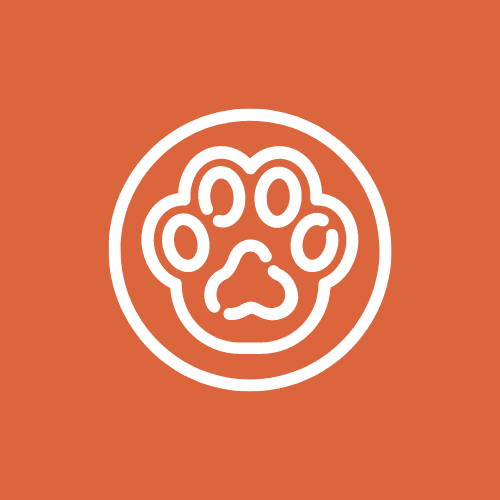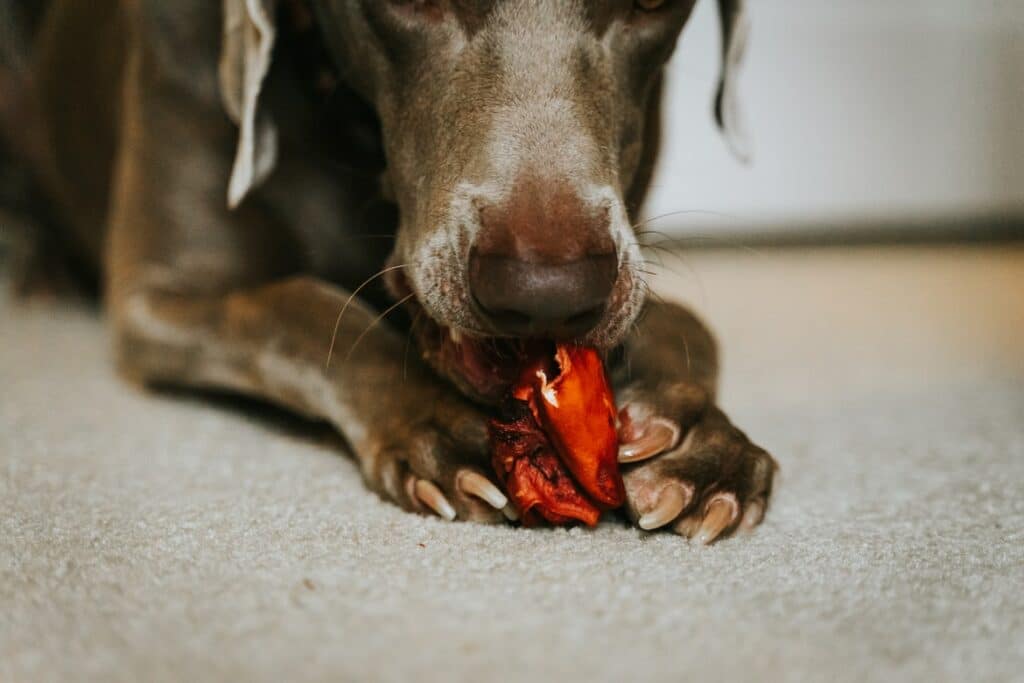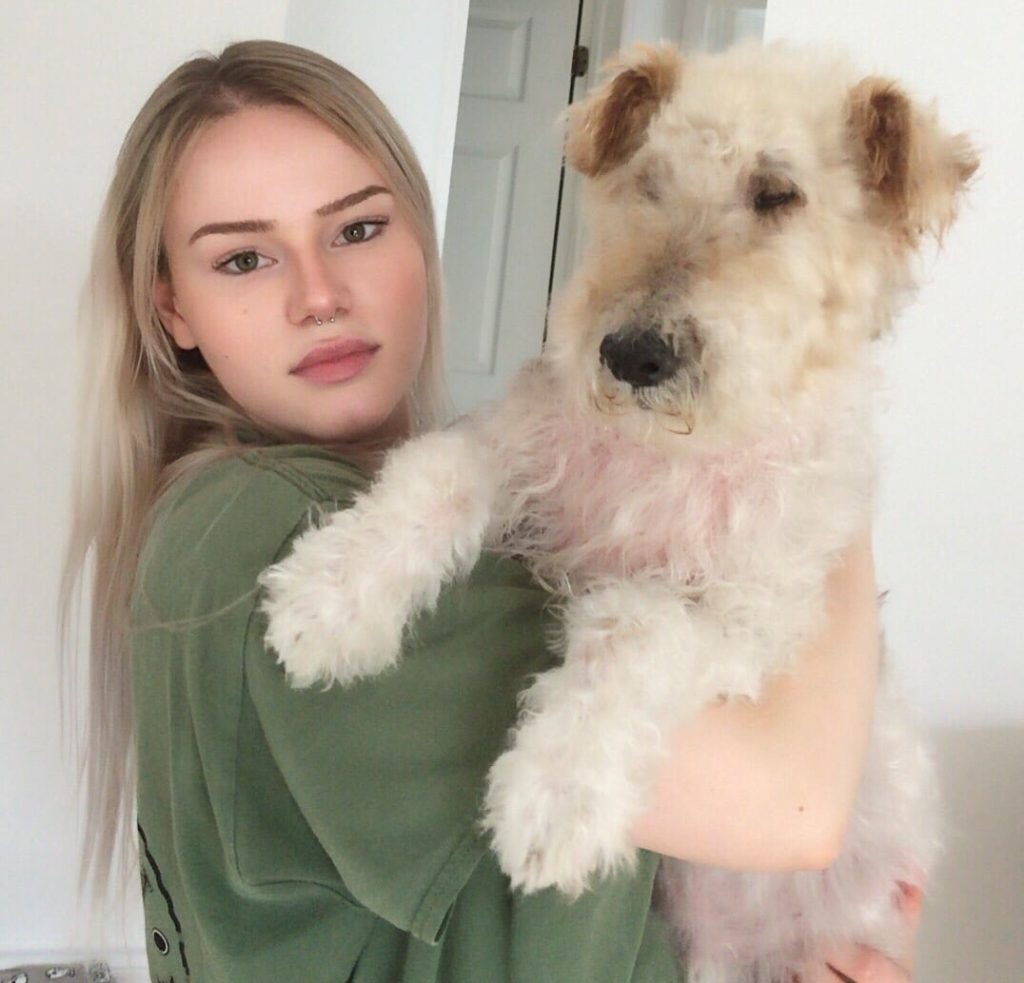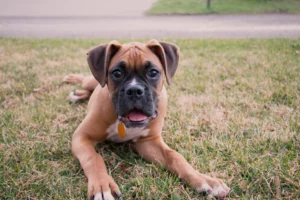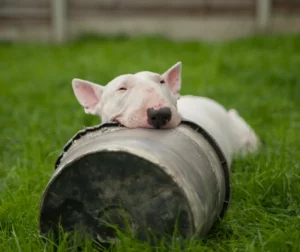A dog stealing objects or food is a common behavior problem. The owner must first identify the triggers that cause the behavior and then teach behaviors that are incompatible with stealing.
It is also important to focus on prevention and behavior management. Owners need to create a structured environment that limits access to things that will trigger problematic behavior.
Why Is My Dog Stealing?
Dogs can steal items for a variety of reasons. If your dog has a habit of stealing, it’s important to identify the underlying cause and fix it quickly.
Understanding why your dog is stealing is important to effectively address the problem. There are 3 reasons why a dog steals an object. Some dogs may steal out of boredom, while others may do so for attention or instinct.
A) – To Relieve Boredom
The most common reason dogs steal is boredom. When dogs don’t have enough mental and physical stimulation, they may resort to stealing items to get something to do.
B) – Attention Seeking
Another reason for stealing is to get attention. If your dog constantly seeks your attention, he may try to attract it by taking something you value like your phone. It can also indicate that he has a lack of physical and mental activity or that he simply desires to have social interaction.
C) – By Instinct
It’s also possible that your dog is stealing out of instinct. Dogs are scavengers by nature and they may be drawn to items that smell like food or have a texture that appeals to them.
What Not to Do
The behavior of the owner influences the perception of the dog. Also, sometimes the owner inadvertently reinforces their dog’s behavior or creates a bigger problem by trying to fix another one.
The solution should never be to open your dog’s mouth and pull the item out by hand. This way of doing things can either encourage your dog or create a conflict.
Your dog might steal again since he saw that this is the way to get your attention. On the other hand, if you get angry and start scolding him, it could create a conflict in the human-dog relationship and he might start to see your approach as a threat.
This situation brings great stress to your dog. He doesn’t understand why you’re mad at him and it scares him. He doesn’t know he took something he shouldn’t and he thinks you want to steal what he found.
This is how dogs can develop resource-guarding behaviors that can be dangerous to you and your dog.
For example, if your dog runs away with an object and tries to swallow it as quickly as possible, it can be dangerous for his health. He could choke or suffer from gastrointestinal obstruction.
For the most part, this happens with a bone, but he could also ingest something poisonous, inedible, or too big of a chunk.
How to Correct a Dog That Steals an Object?
Changing this behavior can be a difficult process, but it is possible by keeping a positive attitude and focusing on the results and not the failures. The goal is not to quickly eliminate the behavior, but rather to reduce it as much as possible.
To prevent your dog from stealing, you will have to manage the environment and teach him to exchange with the “leave it” command. Be sure to keep objects out of his reach and provide him with an enriching environment.
Make sure he has received enough exercise, give him something to chew on, and provide him with mental stimulation throughout the day. If he has an object or food in his mouth, offer him something equally or more attractive in exchange.
For example, if your dog has one of your shoes, swap it out for one of his favorite toys or a high-value treat. As soon as he drops it, tell him to leave it and reward him at the same time.
This way you give him something he likes in exchange for your show and everyone wins. This will let him know that you don’t want to steal the item from him and that your approach doesn’t announce a conflict.
Teaching your dog to let go of something he stole can save his life. This is why it is essential to teach him to give by teaching him the command “leave it”.
How to Teach Your Dog to Leave It?
Teaching your dog to give is a great exercise to teach him self-control. You can teach him to give during a game or by practicing with treats and an object that he tends to steal. To start, you will need a high-value treat and a low-value treat.
A high-value treat can be chicken, cheese, peanut butter, canned food, or sausage. It’s a food that your dog loves and would do anything to get it.
A low-value treat can be kibble, a dog biscuit, or small pieces of fruit or vegetables.
Teach him to leave it
Start by getting your dog’s attention and holding a low-value treat in your hand.
Close your fist around the treat if he tries to take it. As soon as he turns his head or his attention is directed to something else, tell him “Leave it”. Then, at the same time, offer him a high-value treat as a reward. Here, the timing is very important.
Never give the treat you want your dog to leave. In other words, don’t give away the low-value treat that’s in your hand. Offer him a treat that you have in your other hand or a treat bag.
To make the exercise more difficult, pick up an item he tends to steal instead of the low-value treat. If he has trouble taking his attention away from the object, the difficulty level is too high.
Repeat the exercise with the low-value treat or you can try to find a low-value item to change things up. Repeat until he is more proficient with the exercise. Once he reliably leaves the low-value treat or item, you can introduce the high-value item that he tends to steal.
Teach him to leave it during a game
Take a ball or one of his toys and throw it. To get the toy back, offer him a high-value treat in exchange. As soon as he drops it, tell him “leave it”, then give him the treat. Then, throw the toy again and repeat the exercise. Thus, your dog understands that he will always win when he leaves an object. Letting your dog make his own decisions teaches him self-control and it is very stimulating for him.
When your dog understands the command with the toy, swap it with an item he tends to steal to make the exercise more difficult.
By repeating this exercise frequently and reinforcing good behavior with rewards, your dog will learn that the command “leave it” means to let go of something and expect a reward.
How to Correct a Dog That Steals Food?
If your dog has already managed to get food from the counter or table, he will try to do so again, as it is a self-reinforcing behavior.
Preventing your dog from stealing food involves managing the environment, keeping him busy, giving him lots of exercise, and redirecting his attention.
Manage the environment by making sure you don’t leave food lying around. Redirect his attention with a toy or treat to an appropriate place like his bed. The goal is to show him an alternative behavior to that of jumping on the counter or table.
So when it’s time for you to eat or cook, direct your dog to an appropriate place like his bed with a really interesting activity, like a filled Kong, an interactive bowl, a licking mat, or a good dog chew, and ask him to stay there. If he gets up, bring him back to his bed.
Over time, he will understand that when you eat or cook, it is time for him to have his activity.
Wear out your dog’s energy by playing with him or taking a long walk before eating or cooking so he can better manage his impulses.
You can also completely ban access to the kitchen. To do so, draw an invisible line on the floor and use your body as a barrier. Whenever your dog tries to enter the kitchen, block him with your body, hand behind your back, and wait for him to decide on his own to give up.
If his food or water bowl is in the kitchen, it will have to be moved to a different place so that the exercise works and is coherent.
The Key Is Consistency!
With the right training techniques, you can help your dog reduce unwanted behaviors.
Remember to be consistent in learning new behaviors. In other words, if you establish a rule, like not entering the kitchen, it should apply at all times.
Be patient, as it can be difficult for your dog to control his urges, especially if he’s not used to having to control his impulses.
